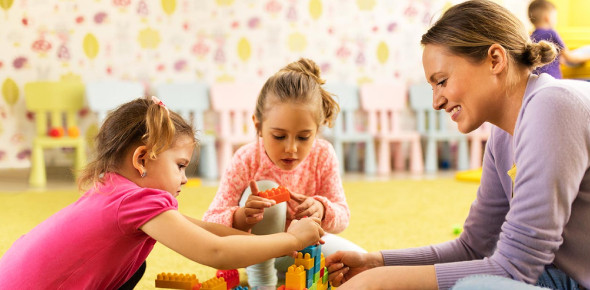Early Child Development Quiz
- NAEYC
- CDA
- ECERS
2.
You may optionally provide this to label your report, leaderboard, or certificate.
×
Thank you for your feedback!

















